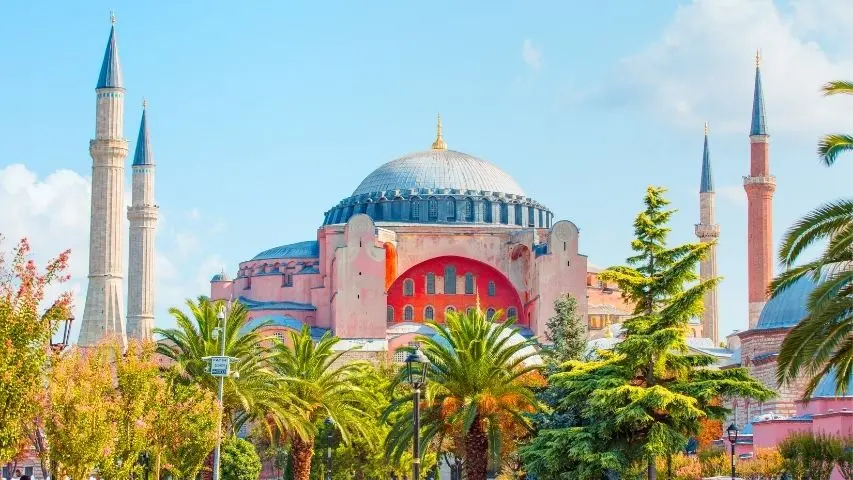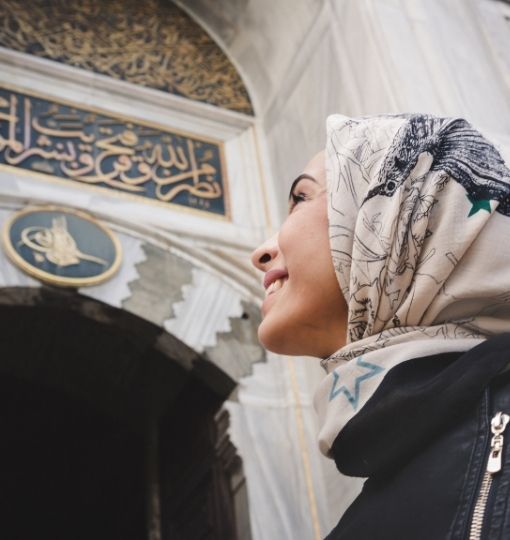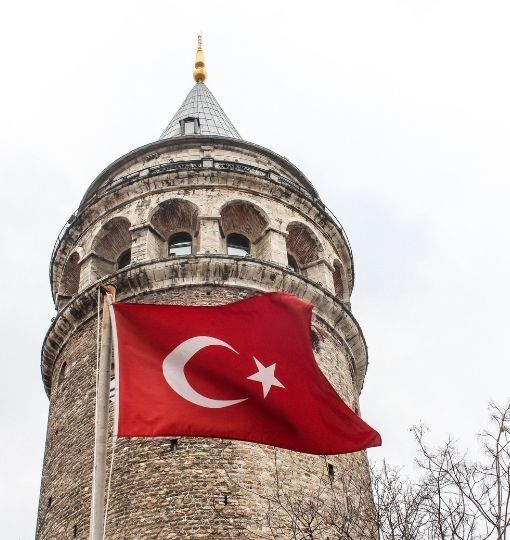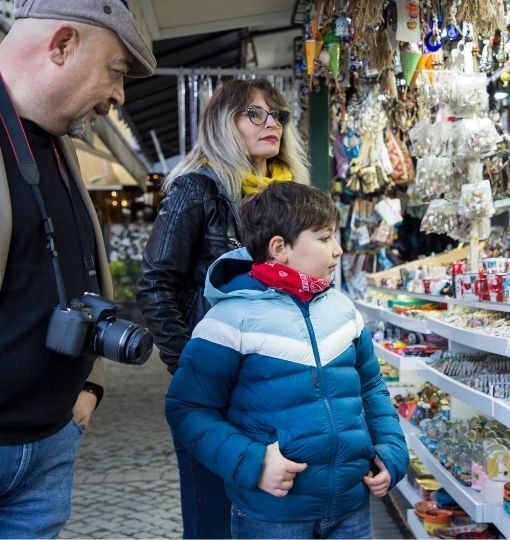When we speak of Istanbul's past, names like Constantine, Sultan Suleiman, and Atatürk echo through the centuries. We conjure images of Hagia Sophia, the Blue Mosque, and the grandeur of Topkapı Palace. But beyond these celebrated symbols lies a rich tapestry of overlooked stories, forgotten districts, and hidden corners that hold secrets as powerful and fascinating as any empire.
For curious travelers and history enthusiasts, exploring Istanbul’s lesser-known past is like peeling back layers of a living palimpsest—a city that’s been rewritten, rebuilt, and reborn countless times. Here’s your guide to discovering the side of Istanbul few tourists ever see. And with the Istanbul Tourist Pass®, these historic experiences become even more accessible and rewarding.
The Walls of Constantinople: Silent Sentinels of an Empire
Most visitors overlook the massive stone fortifications that once defined the edge of Constantinople. Built in the 5th century by Emperor Theodosius II, the Walls of Constantinople stretch over six kilometers and once protected the city from invaders for nearly a millennium.
You can walk alongside these ancient ramparts, especially in areas like Yedikule and Edirnekapı, where the stones remain largely untouched by modern development. The nearby Yedikule Fortress (also known as the Fortress of the Seven Towers) offers both a historical overview and panoramic views of the Sea of Marmara.
Tip: Combine this visit with a guided tour included in your Istanbul Tourist Pass®, which helps you make sense of what you're seeing through the lens of expert narration.
Balat and Fener: Chronicles of Istanbul’s Minorities
The colorful streets of Balat and Fener tell the story of the city’s multicultural legacy. Once home to Greek Orthodox Christians, Jews, and Armenians, these neighborhoods offer a mosaic of faiths, languages, and customs that shaped Istanbul’s social fabric for centuries.
Wander past old synagogues, faded Greek Orthodox schools like the Phanar Greek Orthodox College, and houses with distinctive bay windows painted in pastel hues. Stop at the Ahrida Synagogue, one of the oldest in the city, dating back to the 15th century.
These quiet streets whisper stories of coexistence, exile, and resilience. Many self-guided walking tours of Balat are included in the Istanbul Tourist Pass®’s curated experiences.
The Byzantine Underground: Cisterns and Forgotten Engineering
While most tourists marvel at the grandeur of the Basilica Cistern, far fewer know about the many other cisterns lying beneath the city. These ancient subterranean reservoirs were critical to the city's survival during sieges and droughts.
Theodosius Cistern, less crowded than its more famous counterpart, recently reopened after restorations and offers a more intimate look at Byzantine engineering. The Binbirdirek Cistern, near the Hippodrome, is another gem often skipped by crowds.
With the Istanbul Tourist Pass®, skip-the-line access to the Basilica Cistern and guided explanations of these underground marvels are part of your package.
Lesser-Known Mosques with Powerful Stories
Beyond the Blue Mosque and Süleymaniye Mosque lie quieter sanctuaries with equally rich histories:
- Mihrimah Sultan Mosque in Üsküdar, designed by Sinan for the daughter of Suleiman the Magnificent, is an architectural poem to female power and piety.
- Zeyrek Mosque, formerly the Church of Christ Pantokrator, is one of the few remaining examples of Byzantine religious architecture still in use today.
- Sancaktar Hayrettin Mosque, once a Byzantine chapel, offers a blend of Roman brickwork and Ottoman restoration rarely seen elsewhere.
These places are not just beautiful—they are powerful symbols of Istanbul’s layered past.
Ottoman Cemeteries and Forgotten Tombs
Hidden behind stone walls or tucked into quiet corners are some of Istanbul’s oldest cemeteries. The Eyüp Sultan Cemetery rises along the hill leading to the Pierre Loti Café. Its winding path, filled with centuries-old gravestones, speaks of Ottoman court officials, dervishes, and poets long forgotten.
The Karacaahmet Cemetery on the Asian side is one of the largest and oldest in Turkey, a place where trees grow tall among intricately carved headstones.
These locations offer reflective, often poignant insights into Istanbul’s spiritual and social past—often without the crowds.
The Story of the City Beneath the City
Few realize that Istanbul’s modern metro system has unearthed some of its greatest archaeological finds. During the construction of the Marmaray rail project, archaeologists discovered a Byzantine-era harbor (Yenikapı) filled with ancient shipwrecks and artifacts.
Although much of it is still under excavation, parts are occasionally exhibited at nearby museums. These recent discoveries serve as a reminder: history in Istanbul is never static. It is constantly being uncovered.
Rediscover the Hidden Istanbul with the Istanbul Tourist Pass®
If you're a traveler who enjoys uncovering what most others miss—quiet alleys, lost architecture, and forgotten tombs—then Istanbul’s lesser-known history is waiting for you.
The Istanbul Tourist Pass® is your key to unlocking these experiences. With over 100 attractions and tours included, you’ll gain not just access, but deeper understanding, guided insights, and seamless entry into a city layered with secrets. From hidden cisterns to ancient walls, from neighborhood walks to river cruises—a deeper Istanbul is waiting beneath the surface.
Rediscover history beyond the headlines. Buy your Istanbul Tourist Pass® today and step into the forgotten heart of the world’s most storied city.


















